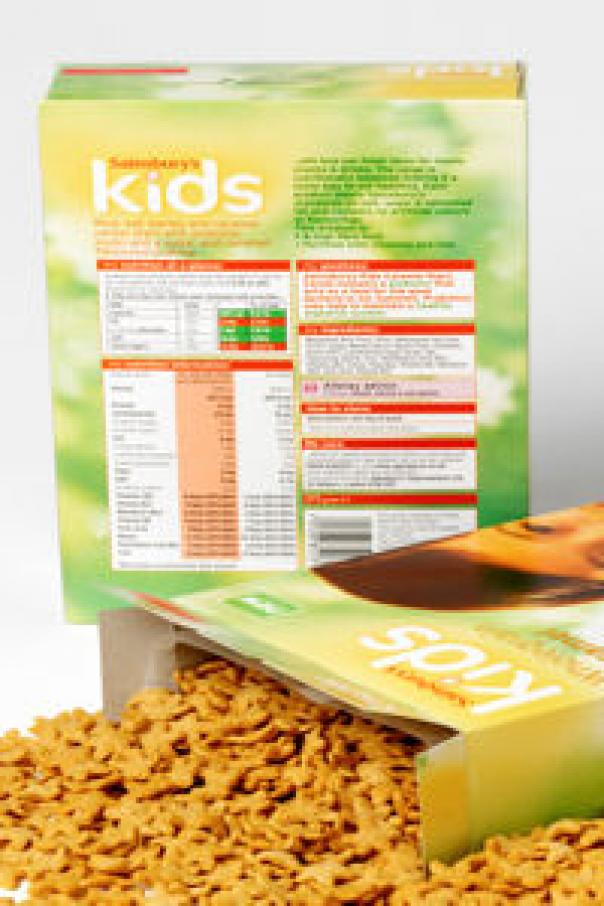1st Dec 2009 - 00:00
Image

Abstract
IGD has published voluntary guidelines for food and drink companies on communicating portion size.
The guidelines are designed to help people eat appropriately sized portions of food and drink within a healthy balanced diet. Joanne Denney-Finch, chief executive, IGD, said: "We recognise that, as an industry, we have a role to play in helping consumers make informed choices for a healthy lifestyle. We conducted consumer research to gain a better understanding of attitudes and behaviours towards portion size information on food, and found that a simpler more consistent approach was needed. We have developed these voluntary guidelines based on what consumers have told us will be helpful." In 2008 IGD's Industry Nutrition Strategy Group set up a working group involving representatives from across the grocery and foodservice sectors. The group reviewed portion size information on labels. None of the approaches were incorrect or inaccurate; all were underpinned by sound science. But some inconsistencies were identified that could be rectified with simple changes. For example, some ready meals display nutritional information on the front of pack as 'per serving', but on the back as 'per pack'. The new guidelines recommend that the number of servings is shown clearly on the front of pack, and that the nutrition information – whether 'per serving' or 'per pack' – is consistent on the front and back. Claire Hughes, company nutritionist, Marks and Spencer and chair of the Portion Size Working Group, said: "We know that it can be difficult for customers to manage and judge how much food to serve to their family or themselves. The reality is that customers don't want portion information to be prescribed, but see it as a helpful guide when cooking and buying food. "The food industry generally provides nutrition information per portion on a voluntary basis on packaged food, but our research showed that there were number of inconsistencies in how this was presented. The IGD guidelines are designed around what works best for the customer; this is invaluable for industry."